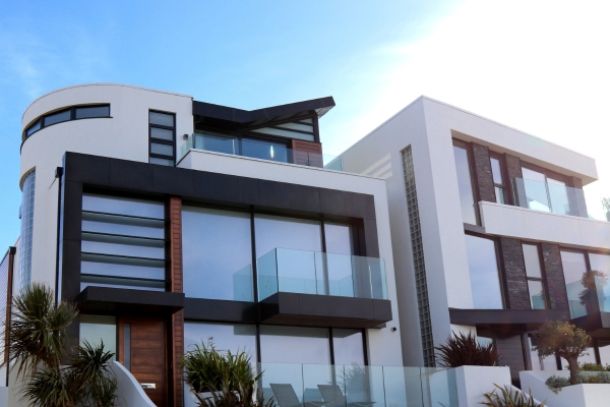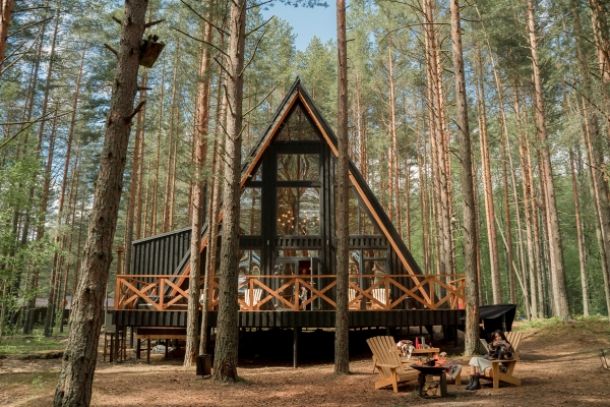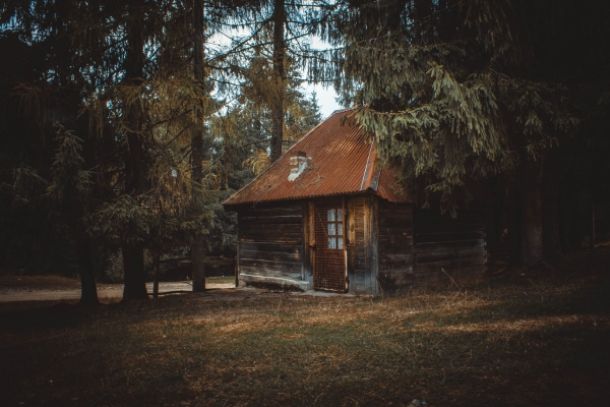Building your own wooden house on a budget is a challenging yet immensely rewarding endeavor. With careful planning, resourceful strategies, and a focus on cost-efficiency, you can create a comfortable, stylish home without breaking the bank. This article explores practical tips and techniques for constructing a wooden house that meets both your aesthetic and financial goals.
Introduction
Budget constraints often make DIY builders seek creative solutions. However, building a wooden house on a budget does not mean you have to compromise on quality or design. In fact, many budget-conscious builders find that resourcefulness and careful planning lead to innovative solutions. This article will walk you through the entire process—from initial planning and budgeting to material selection and finishing touches—ensuring that every dollar is well spent.
Detailed Planning and Budgeting
The first step in any budget build is thorough planning. Begin by drafting a comprehensive plan that outlines your design, materials, and timeline. It’s crucial to:
- Define your priorities: Identify which aspects of the home are most important to you—be it the number of rooms, energy efficiency, or aesthetic details.
- Create a realistic budget: Break down your budget into categories such as materials, permits, tools, and contingency funds. A common recommendation is to allocate an extra 10-15% for unexpected expenses.
- Research costs: Compare prices from different suppliers, and consider purchasing recycled or reclaimed wood to lower material costs. Local building forums and DIY groups can offer insights on where to find affordable resources.
Material Selection and Cost-Saving Techniques
Materials are a significant expense in any construction project. Here are some strategies to reduce costs while maintaining quality:
- Reclaimed and recycled wood: Using reclaimed wood not only cuts down on costs but also adds character to your home. Look for local salvage yards or online marketplaces.
- Local sourcing: Purchase materials from local suppliers to reduce transportation costs and support the local economy.
- Multi-purpose materials: Select materials that can serve more than one purpose. For example, certain types of wood can be used both structurally and decoratively.
- DIY substitutions: Learn basic carpentry and woodworking skills to fabricate custom components rather than buying pre-made items. This approach can save money and give your home a unique touch.
Cost-Effective Construction Techniques
To build a wooden house on a budget, you must adopt cost-effective construction methods:
- Simplified designs: While complex architectural details may be appealing, simpler designs tend to be less expensive to execute. A rectangular or square plan minimizes waste and labor.
- Efficient foundation work: Choose a foundation method that suits your site conditions while minimizing costs. For instance, a pier and beam foundation can be less expensive than a full concrete slab, particularly on uneven terrain.
- Incremental building: If your budget is very tight, consider constructing your home in phases. This approach allows you to spread out expenses over time while still enjoying partial use of your new home.
Labor, Tools, and Self-Build Strategies
Labor is often one of the highest costs in construction. To reduce expenses:
- DIY as much as possible: Equip yourself with the necessary skills by attending workshops or online tutorials. Even if you’re not a seasoned builder, many tasks can be learned and safely executed with the right guidance.
- Rent or borrow tools: Instead of purchasing expensive tools, consider renting them or borrowing from friends and community groups.
- Community support: Engage with local DIY communities or co-ops. Sharing labor and knowledge can help you overcome challenges and reduce the overall workload.
Energy Efficiency and Long-Term Savings
Investing in energy-efficient features might have an upfront cost but can lead to significant savings over time:
- Insulation and windows: Proper insulation and high-quality windows help reduce heating and cooling costs. Look for eco-friendly and cost-effective insulation options that improve energy efficiency.
- Renewable energy systems: Consider integrating solar panels or small wind turbines into your design. Many government grants or incentives are available for renewable energy installations, which can offset initial expenses.
- Sustainable design: A well-insulated, energy-efficient home not only lowers your utility bills but also increases the overall value of your property.
Finishing Touches and Maintenance
Even with a tight budget, finishing touches are essential for creating a comfortable and welcoming home:
- DIY finishes: Learn techniques for applying stains, paints, and sealants to protect and beautify the wood. Many online resources can guide you through DIY finishing projects.
- Functional aesthetics: Prioritize elements that enhance both form and function. Simple built-in storage, effective lighting, and clever use of space can transform an economical build into a stylish home.
- Long-term upkeep: Regular maintenance, such as resealing wood surfaces and inspecting for pests, will preserve your home’s condition and prevent costly repairs down the line.
Conclusion
Building a wooden house on a budget is an achievable goal with the right planning, resourcefulness, and commitment. By carefully managing your finances, choosing affordable yet quality materials, and learning cost-effective construction techniques, you can create a home that meets your needs without overspending. Embrace the challenge, and remember that every cost-saving measure is an investment in your future comfort and satisfaction.


